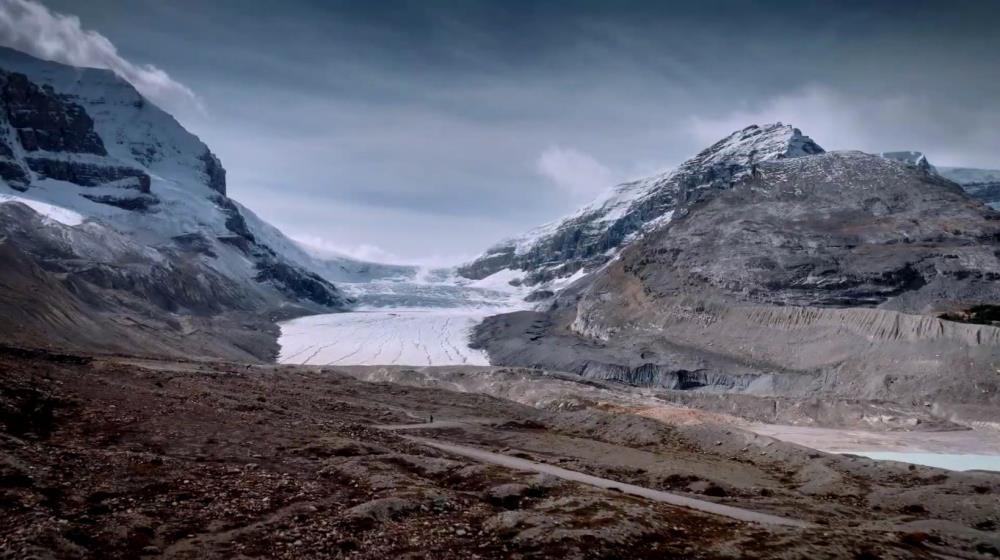
Related items loading ...
Section 1: Publication
Publication Type
Journal Article
Authorship
Elshamy, M., Pomeroy, J. W, Pietroniro, A., Wheater, H., Abdelhamed, M,. Davison, B.
Title
Land surface hydrological modelling of the Mackenzie River Basin: Parametrization to simulate streamflow and permafrost dynamics
Year
2025
Publication Outlet
Journal of Hydrology Volume 659, October 2025, 133134
DOI
ISBN
ISSN
Citation
Abstract
Continental high latitudes have been warming at higher rates than the global average, causing substantial permafrost thaw with widespread effects on soils, vegetation, streamflow seasonality and land subsidence. Complex feedbacks are controlled by precipitation changes and soil hydraulic and thermal properties, amongst many factors. The Mackenzie River Basin (MRB) is the largest drainage basin in Canada (1.8x106 km2), underlain by permafrost of various classes for most of its extent (70–80% by area). Changes to the MRB affect atmospheric feedback, inflows to the Arctic Ocean, and local environments and communities. This study aims to parameterize a land surface hydrology model (MESH) for the MRB to simulate the coevolution of hydrology and permafrost dynamics, and hence enable the investigation of future change impacts. MESH, designed to simulate cold region processes, couples energy and water exchanges and requires a deep soil profile and long spin-up periods to initialize the permafrost regime at depth. Calibration was restricted to a limited number of influential physical parameters using streamflow from representative sub-basins. Validation used streamflow, snowpack, and snow cover across the basin. Sensitivity and identifiability analyses at well-instrumented sub-surface temperature gauges identified key parameters for permafrost simulation, which were adjusted for consistency with the spatial distribution of permafrost occurrence provided by available datasets and maps. To confirm permafrost prediction accuracy, validations were performed at gauges where active layer depth or soil temperature were observed. The resulting model has high fidelity in simulating both the hydrology and permafrost dynamics in the basin. This suggests that the model can be used with confidence to predict the impacts of future climate, land use/cover, and management scenarios on the evolution of cold region hydrology and permafrost at large scales.
Plain Language Summary


 GWFNet
GWFNet Master
Master Data
Data Research
Research Map
Map
 Advanced
Advanced Tools
Tools
 . . .
. . .
 Metadata Editor
Metadata Editor
 Record List
Record List
 Alias List Editor
Alias List Editor
 Legacy sites
Legacy sites